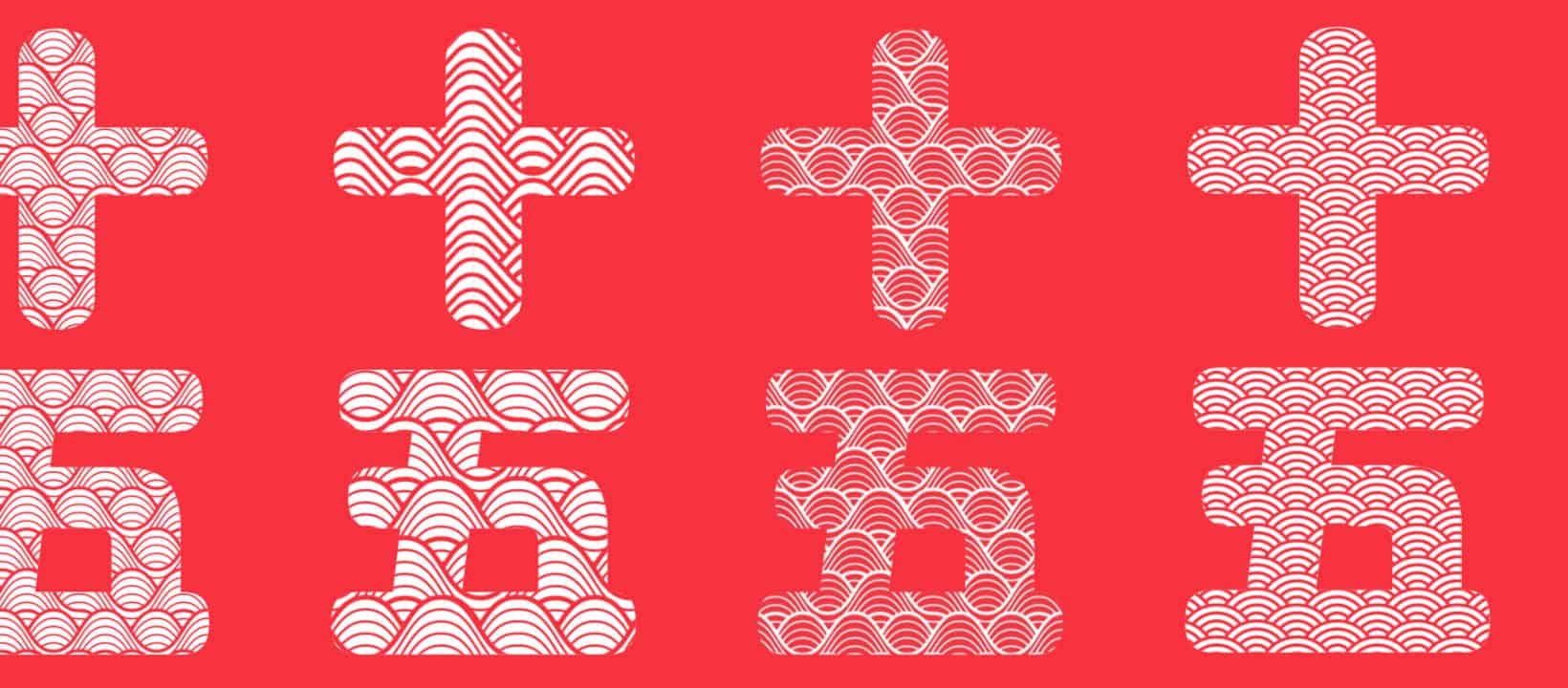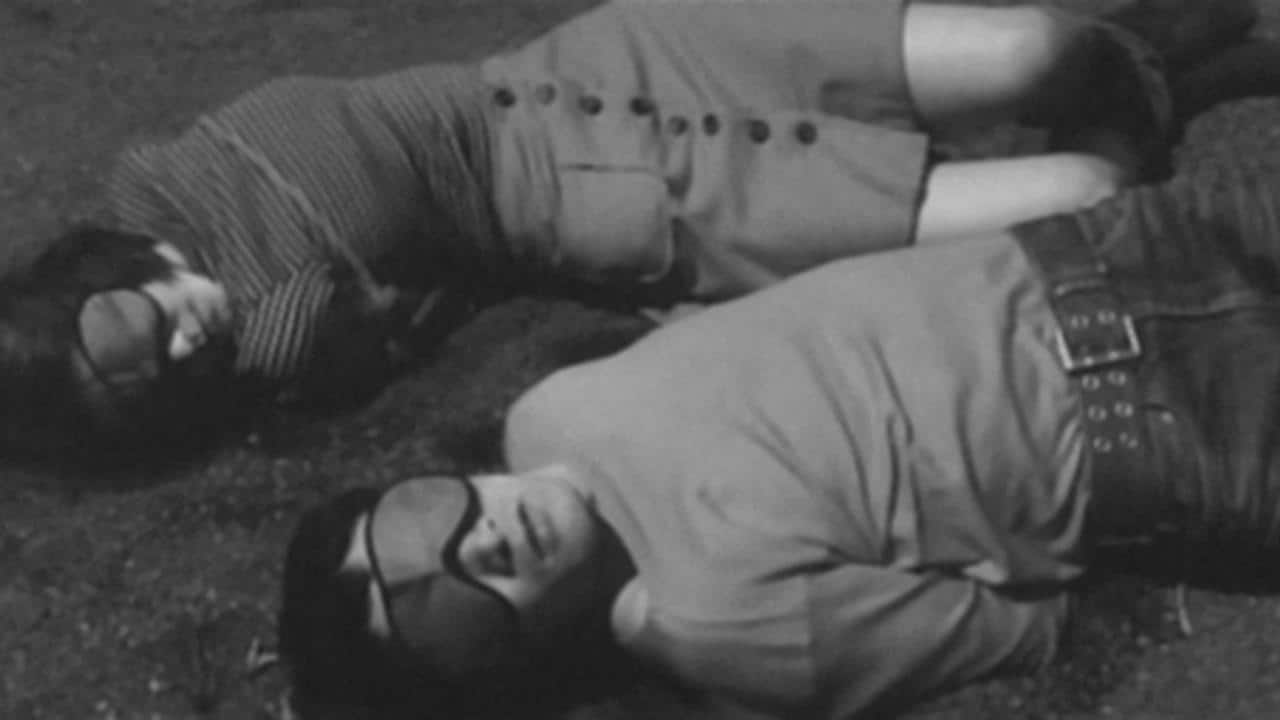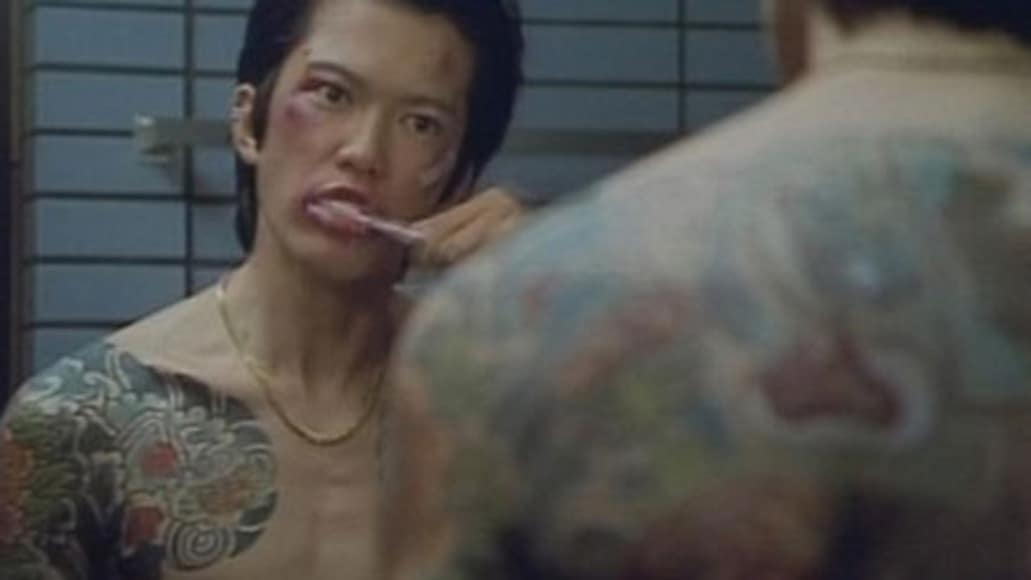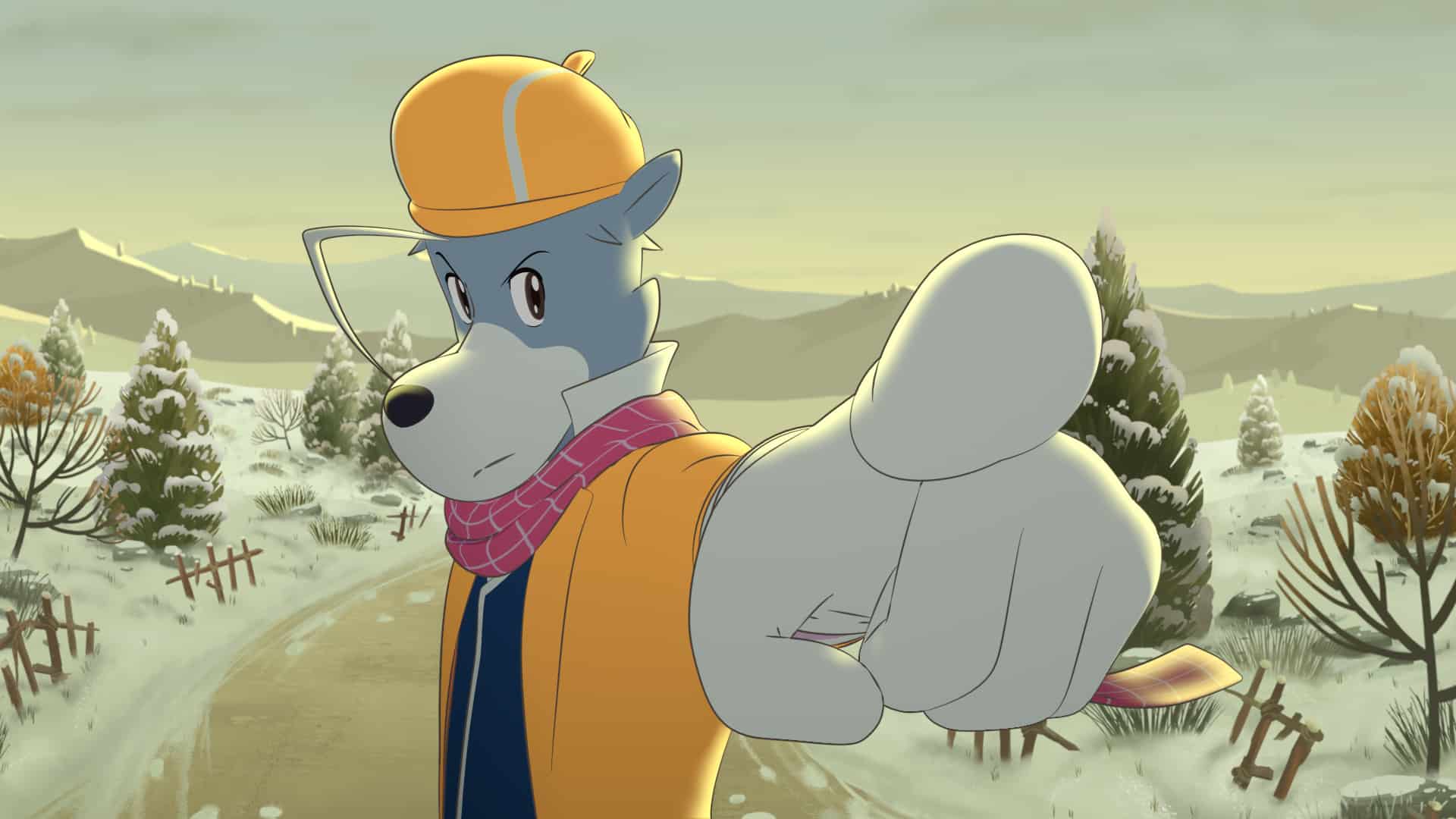Toshiaki Toyoda is an angry man. Angry for the “treatment” he experienced at the hands of the police for the second time, angry about the greed resulting from the upcoming (?) Tokyo Olympic games, angry at capitalism, and angry at the government for its policies regarding the pandemic. All this anger is channeled in “Days of Destruction” and eventually is turned into an audiovisual rage that fills the screen on multiple occasions. Having premiered on a 24-hour screening window at Japan Cuts on July 24, date the Olympics would have started, and with a performance that had the protagonists of the movie marching through the streets of Tokyo, eventually reaching a venue where Seppuku Pistols and Gezan performed, the film probably had the ideal promotion, given the circumstances, and the result does not disappoint at all.
The Day of Destruction is screening at Camera Japan

The narrative of the film is somewhat confusing, as it mixes timelines, events and protagonists in an approach that can only be described as delirious. In that fashion, the movie opens in black and white in front of a snowed setting surrounding an abandoned mine. Shinno, a businessman, has come to visit the tunnel in order to see the monster inhabiting the mine, according to the rumors, and has paid former miner Teppei to allow him to do so. Shinno eventually finds the slimy monster but is not impressed (probably the first metaphor of the film, with the monster symbolizing Covid).
A series of images of Tokyo including the infamous Diamond Princess cruise ship follow until we are back in the country, where Teppei, who has undertook training in Shugendo by head monk and herbalist Jiro, finds and saves ascetic Kenichi, who was attempting to mummify himself in self-sacrifice aimed to stop the virus spread by the monster. As the movie goes further back in time, the reasons for Kenichi's behaviour are revealed as the story focuses on his sister who died from the pandemic just before the Olympic Games. Soon a monster takes over Kenichi, and Jiro instructs Teppei to become a ritualistic wolf in order to remove it. The spirit of Teppei's dead sister, Natsuko also plays a role in the proceedings, while religious terms like Genriki (insight, power of observation, the power of prayer) and Maitreya come to the fore.
I will not pretend to understand all the religious/ritualistic references of the movie, but a number of comments Toyoda wanted to make are rather obvious, through some seemingly irrelevant to the main story scenes. Probably the most evident ones are when Kenichi tells his sister that he cannot understand all the competition revolving around the Olympic Games, and when a salary man bangs the doors of a mansion demanding the politicians, land owners, bankers and monks who have fortified themselves inside to protect themselves from the plague, to let him in. The criticism regarding the whole concept of the Olympics and the people who head capitalism is quite obvious, while the priests, and in essence, religion get their share also when it is revealed that prayer alone cannot help people, as stated during the story. At the same time, Toyoda seems to want to say that the pandemic is here to stay, and people should not try to eliminate it but instead find ways to adapt to this new situation. Furthermore, and through this comment, he also seems to state that the only thing people can trust is themselves, their ability to change and adapt, and the cooperation with others as the main force of solving any issues humanity has to face.
Apart from context, however, the film thrives in terms of production values. Kenji Maki's job in the cinematography is exceptional, with the combination of composition and coloring resulting in a number of sequences of intense, and occasionally grotesque beauty. The initial one, the one where a bloody Kenichi is walking in the street, and the ending one (after the credits) are testaments to the great work done in the visuals of the movie. At the same time, the combination with music and the overall soundtrack that features tracks by Gezan, Mars89, Seppuku Pistols and Toshiyuki Terui is a master class on scoring a film, a trait Toyoda has exhibited repeatedly.
The acting is also on a very high level, with Toyoda managing to gather an impressive cast despite the restricted budget of the film. Kiyohiko Shibukawa heads the cast as Teppei, looking as cool as ever, but is Mahi To The People (the frontman of Geran) as Kenichi who steals the show, both with his acting and his overall appearance (particularly the hair). The rest of the parts include Ryuhei Matsuda as Shinno, Issei Ogata as Jiro and Yosuke Kubozuka in a rather enigmatic role, all of which add much to the overall aesthetics of the film, despite their restricted time on screen. Itsuki Nagasawa as Natsuko is also quite good presenting the eeriness that characterizes her role.
“Days of Destruction” is a distinct proof that Toshiaki Toyoda is in top form once more, and all we can do as viewers, is sit back and enjoy what the Japanese director has in store for us for the future.















